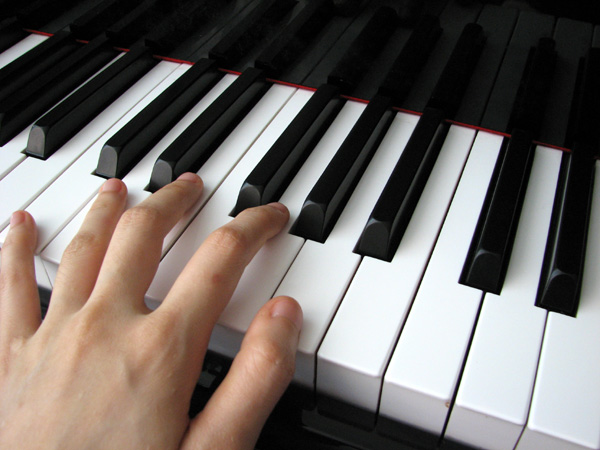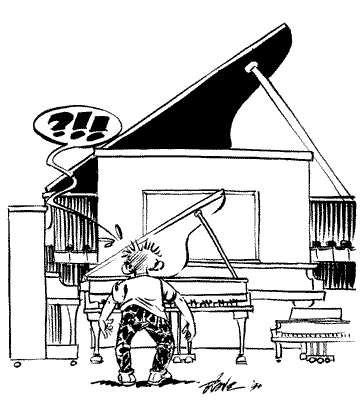Most piano owners, at some point, become aware (either by noticing that their piano is becoming more difficult to play or by having that fact brought to their attention by a technician) that their piano is in need of mechanical adjustments to the action – a process referred to as “action regulation”. Understandably, this awareness usually creates more questions than answers in the customer’s mind.
The best way to understand the need for, and benefits of routine action regulation is to become acquainted with a few of the basics of what the action is, and how it functions.
So, to begin…
What are the benefits of routine action regulation?
- Enhanced control over the piano’s range of musical expression by maximizing:
- Control over piano’s dynamic range and corresponding tonal quality
- Repetition speed
- Feeling of evenness from key to key
- Reduction of wear and tear on individual parts, which will:
- Help maintain stability of regulation
- Prolong the useful life of the action parts
- Reduce the long-range cost of action maintenance
What, exactly, is the piano’s action, and how does it work?
The piano’s action is a collection of 88 separate machines all of which are attached to, or directly resting on, a single frame which slides into the action cavity in the front of the piano. Each of these machines – one per note – is itself a system of levers which controls the speed of a felt-covered hammer as it strikes the string. This hammer speed, in turn, directly affects both the volume of the piano (quantity of sound) and, to some extent, the tonal characteristics (quality of sound) of the piano.
The goal, then, of piano regulation is to maximize the player’s control of the piano’s range of musical expression by means of mechanical adjustments to each of these systems of levers.
What causes the action regulation to deteriorate, and what processes are involved in restoring the regulation?
As with any machine, the piano action’s efficiency declines with age and use. Each system of levers is comprised of a variety of small parts made of wood, leather, and felt. Each of these parts rotates on tiny metal hinge-pins housed in delicate cloth bushings, or slide against one another as the key is played. Over the months and years, as the piano is played, the felt and leather of the action pieces will compress and harden, causing the parts to drift out of alignment, and creating excess action noise. Also, regardless of how much (if at all) the piano is played, all metal pins are subject to oxidization, and parts made of wood, leather, and felt are subject to swelling and contracting due to fluctuations in ambient temperature and humidity conditions. These changes usually result in unwanted sluggishness in the action – or, if the parts become too loose, these changes may result in a wobbly feel to the key and a corresponding lack of control.
So the first aspect of regulation is simply cleaning, polishing and lubricating the action parts and their hinge pins. Both liquid and powder lubricants (and their applicators) have been developed for each of these specific purposes, and are readily available to any technician.
After the parts are properly cleaned and lubricated (as needed), the next steps in regulation involve aligning the parts in precise relation to one another, and re-establishing correct regulation parameters – distance and leverage relationships that allow the action to function at optimal efficiency. These procedures are considerably more complex, and will be the subject for a later article. It can be said, though, that cleaning and lubricating action parts, on a regular basis, usually has the effect of minimizing the need for the more elaborate procedures just mentioned.
Copyright ©Joe Swenson 2011
Check out another article by Joe Swenson on The Effects of Lead Counter-Weights on Inertia in Grand Piano Keys.
For more information about piano action regulation visit the Piano Technicians Guild.









